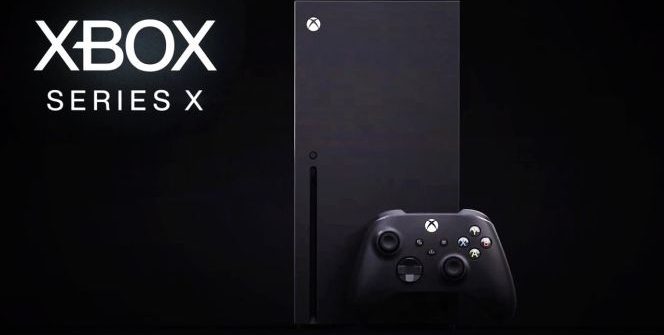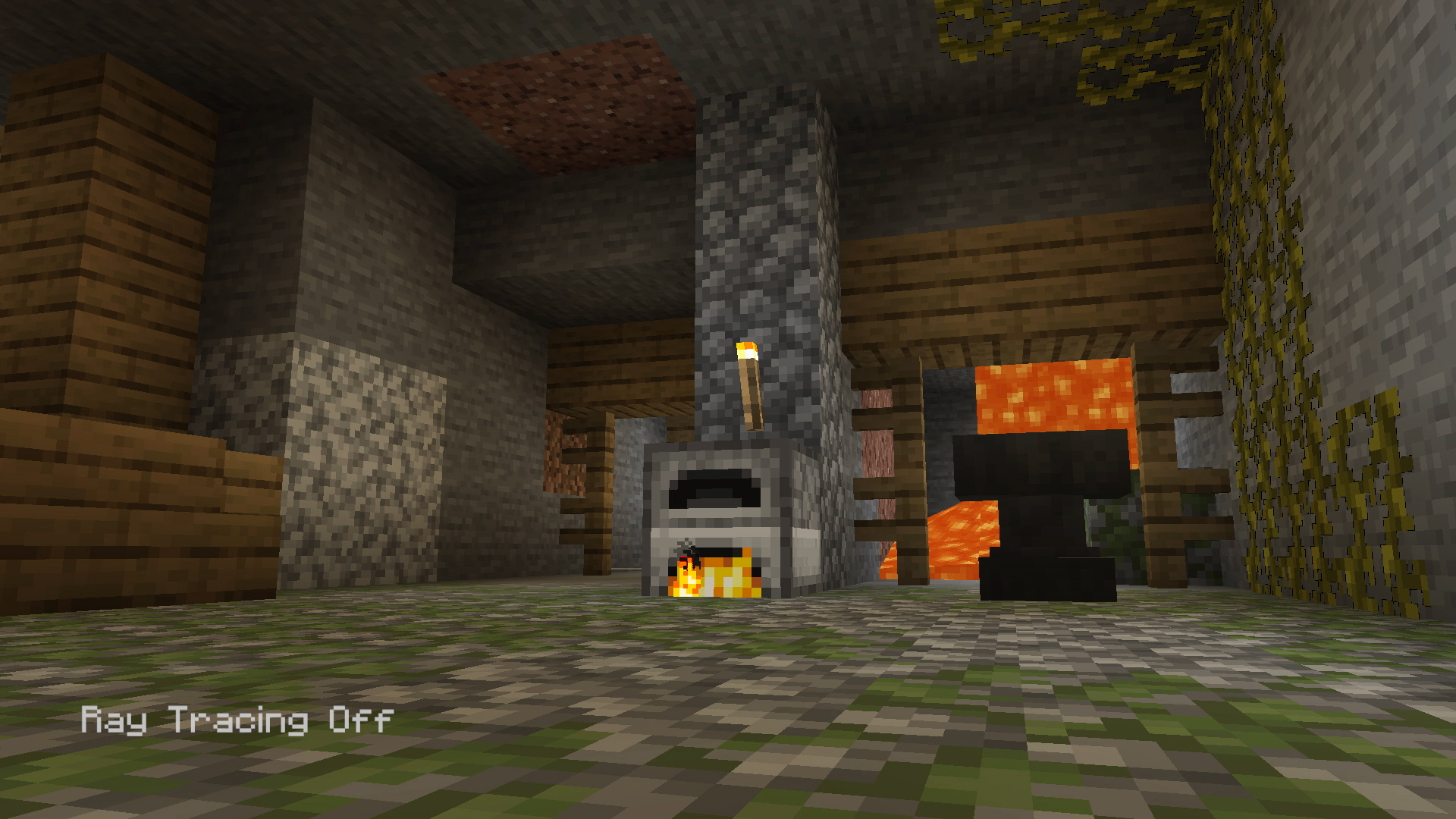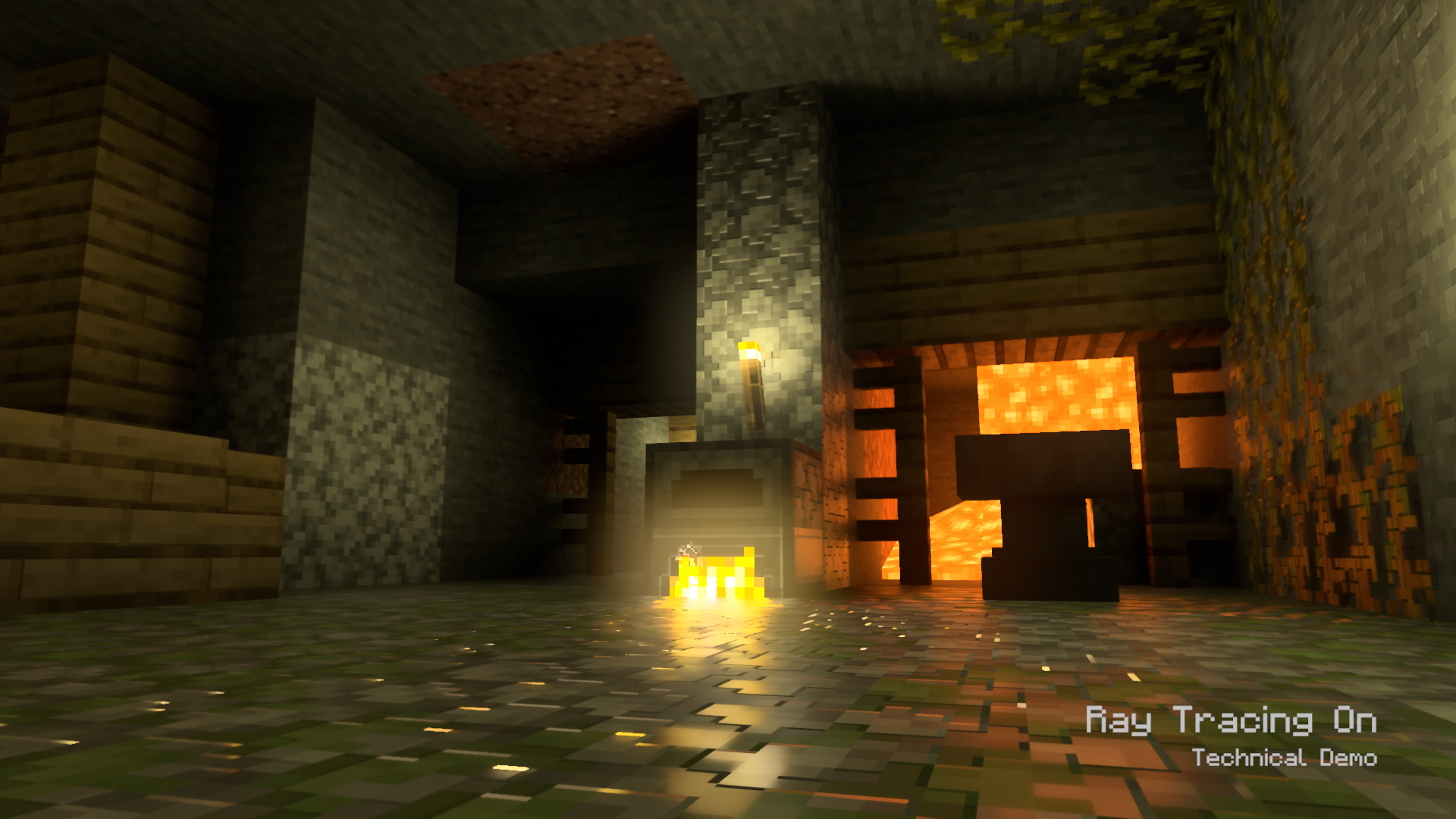Two videos showcase what the Xbox Series X can do.
Microsoft published a technical overview and a glossary, and even DigitalFoundry published an analysis and two videos.
Microsoft knew with the Xbox Series X that they have to make make the console run games at 4K, 60 FPS, without any compromises. They also don’t rule out games running at 120 FPS. Thus, they strengthened their partnership with AMD, making the console „a playground for technical innovation.” Let’s see the technical specifications:
- CPU: 8x Cores @ 3.8 GHz (3.66 GHz w/ SMT – simultaneous multithreading) Custom Zen 2 CPU
- GPU: 12 TFLOPS, 52 CUs @ 1.825 GHz Custom RDNA 2 GPU
- Die Size: 360.45 mm2
- Process: 7nm Enhanced
- Memory: 16 GB GDDR6 w/ 320mb bus
- Memory Bandwidth: 10GB @ 560 GB/s, 6GB @ 336 GB/s
- Internal Storage: 1 TB Custom NVME SSD
- I/O Throughput: 2.4 GB/s (Raw), 4.8 GB/s (Compressed, with custom hardware decompression block)
- Expandable Storage: 1 TB Expansion Card (matches internal storage exactly)
- External Storage: USB 3.2 External HDD Support
- Optical Drive: 4K UHD Blu-Ray Drive
- Performance Target: 4K at 60 frames per second, Up to 120 frames per second
The console will support the hardware-accelerated DirectX ray tracing, which will simulate the properties of the sound and audio in real-time better than anything else. Here are two images from Minecraft to see the difference:
Gears 5’s tech demo is already running the Ultra settings form PC om Xbox Series X – higher resolution textures and volumetric fog, and there are 50% more particles here than on PC. The opening scene ran on 4K, at 60 FPS (which was only 30 FPS on the Xbox One X), making the transition to gameplay fluid. Faster loading times, better shadows, and Gears 5 runs on 100 FPS already. The Coalition is looking into implementing 120 FPS in multiplayer. They did all this in mere weeks, and when the console launches, there will also be an Xbox Series X patch, which will be free for the owners of the game.
The Xbox Velocity Architecture means tighter integration between hardware and software, allowing the game developer to instantly access 100 GB of game assets (like textures or audio). This will be the soul of the console, and it will eliminate elevators or long corridors used for loading will be eliminated, and we’ll get richer, more dynamic live worlds with less memory usage. And we can quickly jump back into a game with the Quick Resume – Microsoft thinks we play three to four games on average per month, and we can continue any of them with a single button press – the game’s state is saved to the SSD, and it stays there even after unplugging the console and giving it a system update.
We also have to mention the backwards compatibility: faster boot and loading times, more stable frame rates, higher resolution, and better image quality await us, and we’ll also get cross-gen multiplayer so that multiple generations can play together.
Now, we’ll quote a few new terms and their descriptions:
„DirectML – Xbox Series X supports Machine Learning for games with DirectML, a component of DirectX. DirectML leverages unprecedented hardware performance in a console, benefiting from over 24 TFLOPS of 16-bit float performance and over 97 TOPS (trillion operations per second) of 4-bit integer performance on Xbox Series X. Machine Learning can improve a wide range of areas, such as making NPCs much smarter, providing vastly more lifelike animation, and greatly improving visual quality.
DirectStorage – DirectStorage is an all-new I/O system designed specifically for gaming to unleash the full performance of the SSD and hardware decompression. It is one of the components that comprise the Xbox Velocity Architecture. Modern games perform asset streaming in the background to continuously load the next parts of the world while you play, and DirectStorage can reduce the CPU overhead for these I/O operations from multiple cores to taking just a small fraction of a single core; thereby freeing considerable CPU power for the game to spend on areas like better physics or more NPCs in a scene. This newest member of the DirectX family is being introduced with Xbox Series X and we plan to bring it to Windows as well.
Hardware Decompression – Hardware decompression is a dedicated hardware component introduced with Xbox Series X to allow games to consume as little space as possible on the SSD while eliminating all CPU overhead typically associated with run-time decompression. It reduces the software overhead of decompression when operating at full SSD performance from more than three CPU cores to zero – thereby freeing considerable CPU power for the game to spend on areas like better gameplay and improved framerates. Hardware decompression is one of the components of the Xbox Velocity Architecture.
Intelligent Delivery – Microsoft’s developer-facing technology to reduce the size of game installs. Intelligent Delivery empowers developers to only install the pieces of the game you need, thereby minimizing the amount of content that needs to be installed or downloaded to the SSD.
Mesh Shading – Mesh shading will enable developers to dramatically improve the performance and image quality when rendering a substantial number of complex objects in a scene. As an example, mesh shaders could enable the player to experience asteroid belts and fields of flowers in more pristine detail without seeing a loss in performance.
Parallel Cooling Architecture – Parallel Cooling Architecture is the name of the innovative system design used to cool Xbox Series X. Building a console that delivers four times the processing power of Xbox One X most quietly and efficiently – something that is critically important with all the extra power of our next generation console – led to its unique vertical design.
Project Acoustics – Incubated over a decade by Microsoft Research, Project Acoustics accurately models sound propagation physics in mixed reality and games, employed by many AAA experiences today. It is unique in simulating wave effects like diffraction in complex scene geometries without straining CPU, enabling a much more immersive and lifelike auditory experience. Plug-in support for both the Unity and Unreal game engines empower the sound designer with expressive controls to mould reality. Developers will be able to easily leverage Project Acoustics with Xbox Series X through the addition of a new custom audio hardware block.
Sampler Feedback Streaming (SFS) – A component of the Xbox Velocity Architecture, SFS is a feature of the Xbox Series X hardware that allows games to load into memory, with fine granularity, only the portions of textures that the GPU needs for a scene, as it needs it. This enables far better memory utilization for textures, which is important given that every 4K texture consumes 8MB of memory. Because it avoids the wastage of loading into memory the portions of textures that are never needed, it is an effective 2x or 3x (or higher) multiplier on both amount of physical memory and SSD performance.
SDR to HDR Conversion – With Xbox Series X, existing Xbox games, including recent titles within the ID@Xbox program, that don’t already have native HDR support will get the next-gen treatment. Xbox Series X can leverage an innovative HDR reconstruction technique to enhance existing SDR games with no work from developers and no impact to available CPU, GPU or memory resources.
Spatial Audio – Spatial Audio delivers deeply immersive audio which enables the player to more accurately pinpoint objects in a 3D play space. With full support for Dolby Atmos, DTS:X and Windows Sonic, Xbox Series X have custom audio hardware to offload audio processing from the CPU, dramatically improving the accessibility, quality and performance of these immersive experiences.
Xbox Series X Storage Expansion Card – Built in partnership with Seagate, this 1 TB custom storage solution expands the storage capacity of Xbox Series X with the full speed and performance of the Xbox Velocity Architecture Previous generation Xbox titles can still be played directly from external USB 3.2 hard drives. However, to receive all the benefits of the Xbox Velocity Architecture and optimal performance, Xbox Series X, optimized games should be played from the internal SSD or Xbox Series X Storage Expansion Card.
Xbox Velocity Architecture – The Xbox Velocity Architecture is the new architecture we’ve created for the Xbox Series X to unlock new capabilities never-before-seen in console development. It consists of four components: our custom NVMe SSD, a dedicated hardware decompression block, the all-new DirectStorage API, and Sampler Feedback Streaming (SFS). This combination of custom hardware and deep software integration allows developers to radically improve asset streaming and effectively multiply available memory. It will enable richer and more dynamic living worlds unlike anything ever seen before. It also effectively eliminates loading times, and makes fast travel systems just that: fast.”
„Without hardware acceleration, this work could have been done in the shaders but would have consumed over 13 TFLOPs alone. For the Xbox Series X, this work is offloaded onto dedicated hardware and the shader can continue to run in parallel with full performance. In other words, Series X can effectively tap the equivalent of well over 25 TFLOPs of performance while ray tracing.
Xbox Series X goes even further than the PC standard in offering more power and flexibility to developers. In grand console tradition, we also support directly to the metal programming including support for offline BVH construction and optimisation. With these building blocks, we expect ray tracing to be an area of incredible visuals and great innovation by developers throughout the console’s lifetime,” Andrew Goosen, the Xbox system architect, told DigitalFoundry. „DirectStorage is less latent and it saves a ton of CPU. With the best competitive solution, we found doing decompression software to match the SSD rate would have consumed three Zen 2 CPU cores. When you add in the IO CPU overhead, that’s another two cores. So the resulting workload would have completely consumed five Zen 2 CPU cores when now it only takes a tenth of a CPU core. So in other words, to equal the performance of Xbox Series X at its full IO rate, you would need to build a PC with 13 Zen 2 cores. That’s seven cores dedicated for the game: one for Windows and shell and five for the IO and decompression overhead,” he added.
And finally, a bit of insight into DLI (dynamic latency input): „Another area in which gamers are always looking for connectivity improvements is reducing latency. We’re introducing a system-wide set of improvements we call Dynamic Latency Input (DLI), which includes specific technology in the console and the HDMI connection to your TV. And it all starts with the controller. Essentially, information is sent more frequently from the controller and matched with exact frames of your game on-screen. The result: we shave off precious milliseconds at every step of gameplay, and actions are even more instantaneous.”
The Xbox Series X will launch late this year (hopefully). Its price is unknown. For the loading times, State of Decay 2 was used, and for the Quick Resume, State of Decay 2, Forza Motorsport 7, Hellblade: Senua’s Sacrifice, The Cave were used. Neither represents their true performance on the Xbox Series X.
Source: Gematsu, WCCFTech, WCCFTech
Please support our page theGeek.games on Patreon, so we can continue to write you the latest gaming, movie and tech news and reviews as an independent magazine.
Become a Patron!

















































Leave a Reply